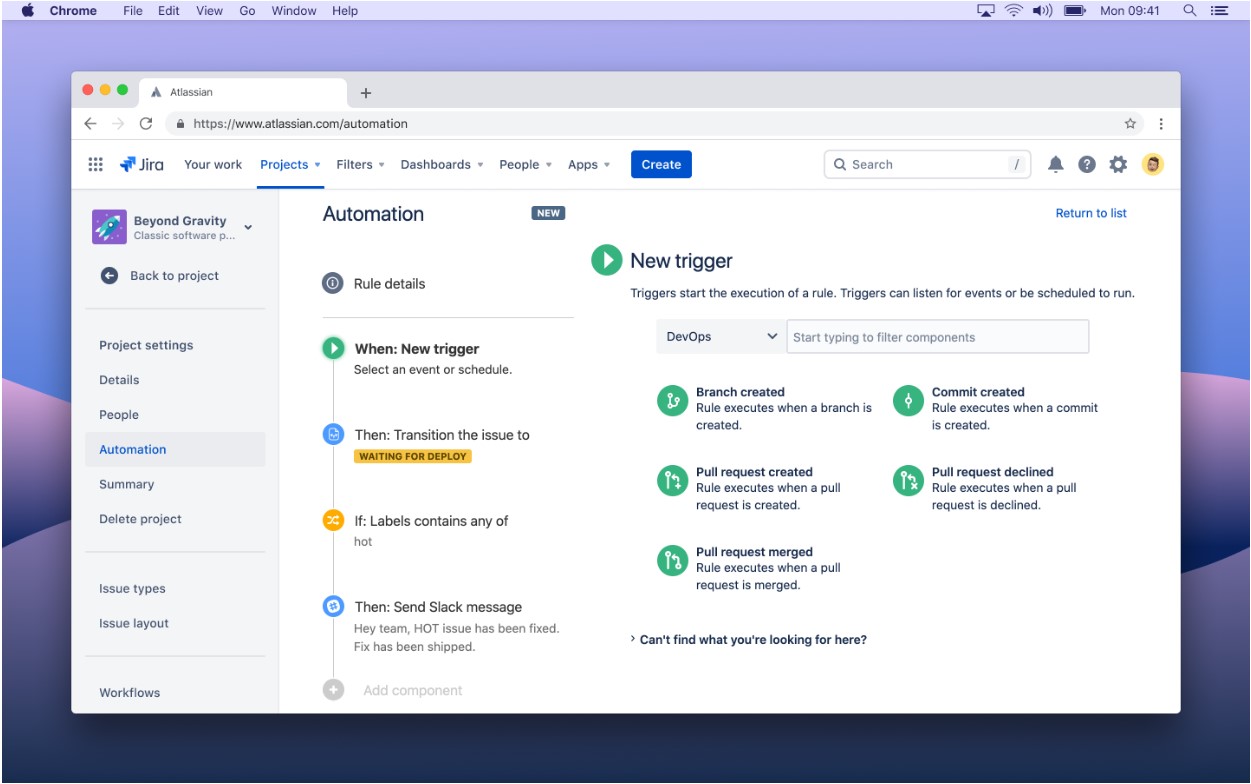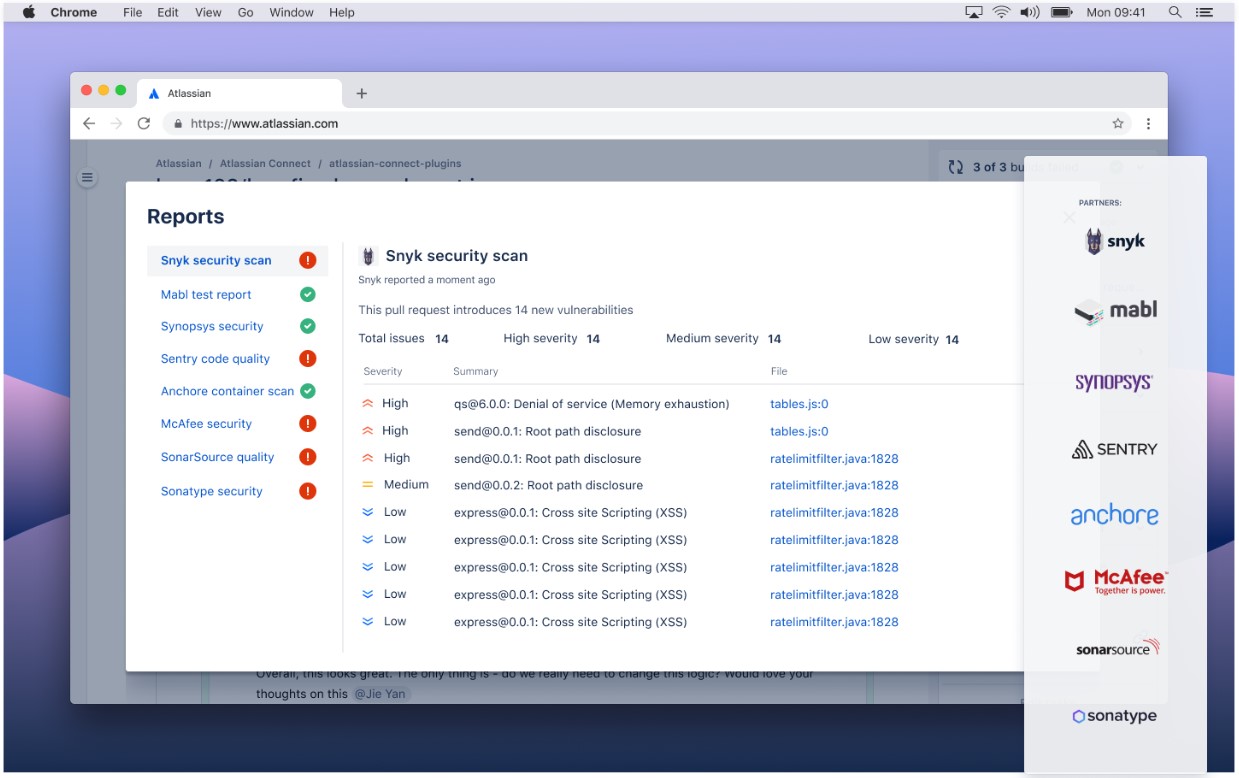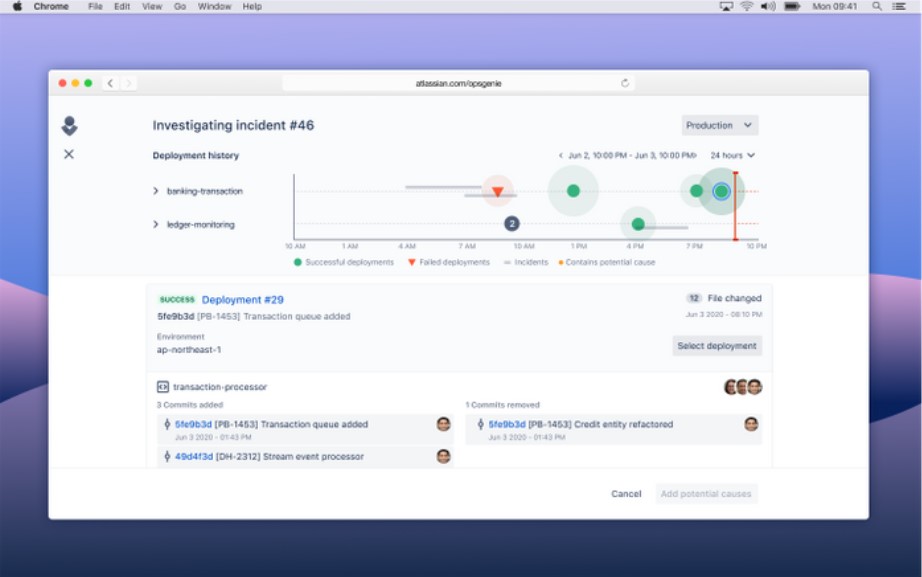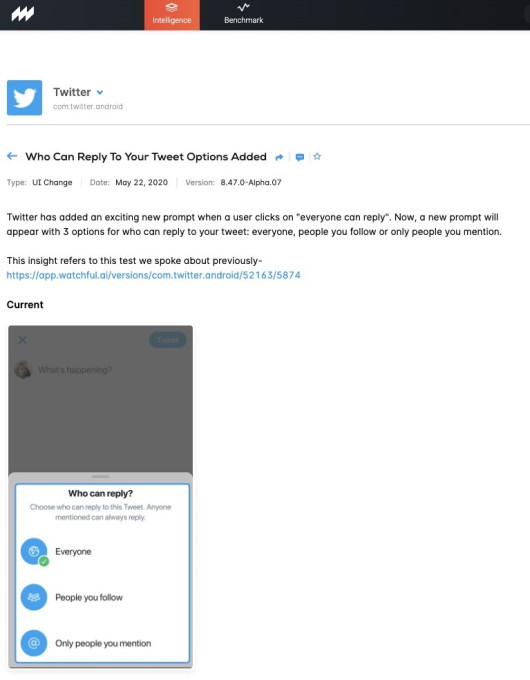NetApp to acquire Spot (formerly Spotinst) to gain cloud infrastructure management tools
When Spotinst rebranded to Spot in March, it seemed big changes were afoot for the startup, which originally helped companies find and manage cheap infrastructure known as spot instances (hence its original name). We had no idea how big at the time. Today, NetApp announced plans to acquire the startup.
The companies did not share the price, but Israeli publication CTECH pegged the deal at $450 million. NetApp would not confirm that price.
It may seem like a strange pairing, a storage company and a startup that helps companies find bargain infrastructure and monitor cloud costs, but NetApp sees the acquisition as a way for its customers to bridge storage and infrastructure requirements.
“The combination of NetApp’s leading shared storage platform for block, file and object and Spot’s compute platform will deliver a leading solution for the continuous optimization of cost for all workloads, both cloud native and legacy,” Anthony Lye, senior vice president and general manager for public cloud services at NetApp said in a statement.
Holger Mueller, an analyst with Constellation Research says the deal makes sense on that level, but it depends on how well NetApp incorporates the Spot technology into its stack. “At the end of the day to run next generation applications successfully in the cloud you need to be efficient on compute and storage usage. NetApp is doing great on the latter but needed way to monitor and automate compute consultation. This is what Spot brings to the table, so the combination makes sense, but as in all acquisitions execution is key now,” Mueller told TechCrunch.
Spot helps companies do a couple of things. First of all it manages spot and reserved instances for customers in the cloud. Spot instances in particular, are extremely cheap because they represent unused capacity at the cloud provider. The catch is that the vendor can take the resources back when they need them, and Spot helps safely move workloads around these requirements.
Reserved instances are cloud infrastructure you buy in advance for a discounted price. The cloud vendor gives a break on pricing, knowing that it can count on the customer to use a certain amount of infrastructure resources.
At the time it rebranded, the company also had gotten into monitoring cloud spending and usage across clouds. Amiram Shachar, co-founder and CEO at Spot, told TechCrunch in March, “With this new product we’re providing a more holistic platform that lets customers see all of their cloud spending in one place — all of their usage, all of their costs, what they are spending and doing across multiple clouds — and then what they can actually do [to deploy resources more efficiently],” he said at the time.
Shachar writing in a blog post today announcing the deal indicated the company will continue to support its products as part of the NetApp family, and as startup CEOs typically say at a time like this, move much faster as part of a large organization.
“Spot will continue to offer and fully support our products, both now and as part of NetApp when the transaction closes. In fact, joining forces with NetApp will bring additional resources to Spot that you’ll see in our ability to deliver our roadmap and new innovation even faster and more broadly,” he wrote in the post.
NetApp has been quite acquisitive this year. It acquired Talon Storage in early March and CloudJumper at the end of April. This represents the twentieth acquisition overall for the company, according to Crunchbase data.
Spot was founded in 2015 in Tel Aviv. It has raised over $52 million, according to Crunchbase data. The deal is expected to close later this year, assuming it passes typical regulatory hurdles.
![]()






